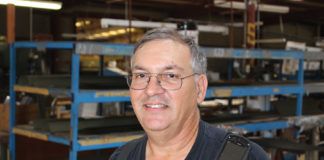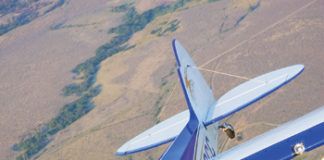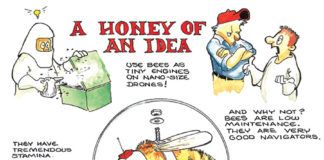Real-World ADS-B
Thank you for Dick Sunderland’s articles, “Juggling the ADS-B Options” [June 2016] and “What is Happening on the ADS-B Scene?” [August 2017]. What the articles didn’t point out, and maybe should have, is that most ATC installations do not yet have ADS-B. I have asked four or five different controllers if they were getting my ADS-B transponder. Much to my amazement, they all responded that they didn’t have that capability. Apparently it is only being tested by the FAA in a few ATC zones.
I spoke to a retired controller neighbor here at my airpark, and he said most installations are still analog cathode ray tube equipped. By the way, I have had my ADS-B transmitter checked via the FAA web page.
It cracks me up that my family can see me on a cellphone with heading and altitude, but the FAA is still using ground radar with mode C transponders.
—Del Schier
You’re right that most controllers aren’t aware of ADS-B capability yet, but that’s not surprising since it isn’t part of their daily operations. We expect that when it is time for them to use it, they’ll all get instruction and be ready to go.—Ed
While I’m in Here
I almost died laughing at your recent editorial [“While I’m in Here,” October 2017] because I’m exactly in the middle of what you wrote about.
My EGT probe went out on my Kitfox with a Rotax engine. Originally it had just two EGT probes, one for each side. Well, as long as I’m here, why don’t I add two additional probes, so I’ll have one for each cylinder. Hmm…need to order type K thermocouple wire and some D-sub connectors and tools. Oops, need to take the glareshield out so I can get to the connector on the back of the EFIS.
While that was going on, I decided to put a hinge in the turtledeck so I can load luggage from outside the airplane. So, I figured all that out and hit the aviation department at Amazon to order the aluminum and other stuff I needed…
You can see why I so appreciated your article. Keep up the great writing.
—Rodney Wren
Glad you enjoyed the story. It describes a very common experience.—Ed.
New Engine Break-In
In “Engine Swap Time” [September 2017], Vic Syracuse mentioned that “maintaining the oil temperature above 180 degrees required blocking the cooler with the valve.” What valve is he referring to—something in addition to the vernatherm?
— Kevin Gill
Vic Syracuse responds: Sorry, Kevin, I guess I should have been more clear. I was referring to an inline butterfly valve that allows you to control the flow of air to the oil cooler. TCW makes one, as do a couple of other vendors. You can control them with a cable to the cockpit or with a servo. Those of us who live in hot climates and need to size the oil cooler for the hottest temps often find ourselves overcooling the oil on cooler days and at high altitudes. The butterfly valve helps to keep the oil temps above the Lycoming recommended 180 degrees. Here’s a link.














